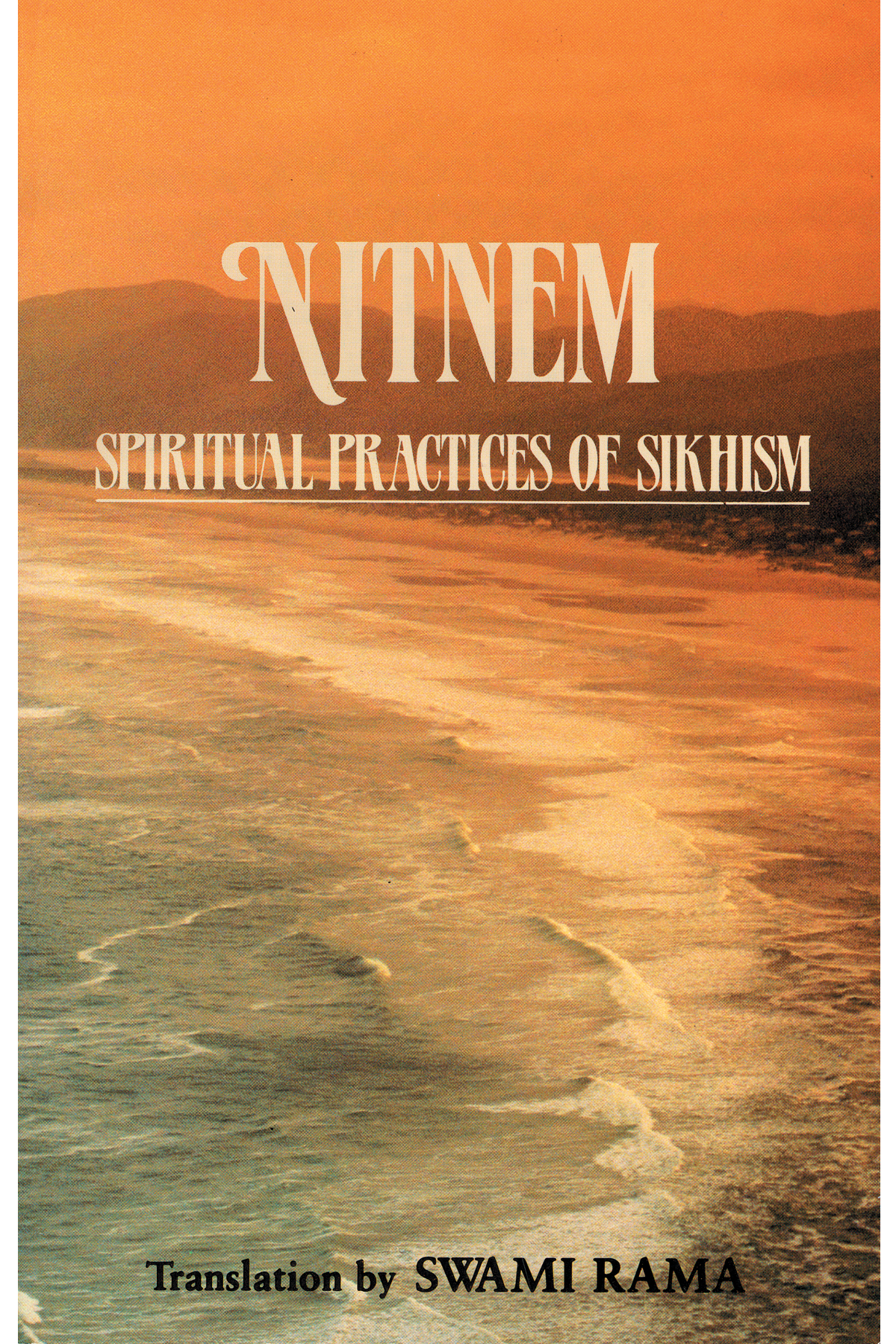
Product Details
Nitnem: Spiritual Practices of Sikhism
Nitnem is a daily prayer book of the Sikhs, which collects the verses sung and recited daily by all practicing Sikhs and those who are aware of the teachings of Sri Guru Nanak Dev. These beautiful verses are read every morning, at sunset, and before retiring to inspire and elevate the heart. When writing this book, it was Swamiji’s intention that an appreciation of these beautiful compositions would inspire the reader to daily remembrance of the Word and that their minds and hearts would be redirected to the Supreme One’s expression of compassion, love, and service for mankind.
Product Details
Publisher: Himalayan Institute
Copyright: 1989
ISBN: 978-0-89389-115-2
Paperback
135 pages
5.5" x 8.5"
Yoga / Philosophy




